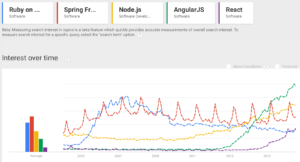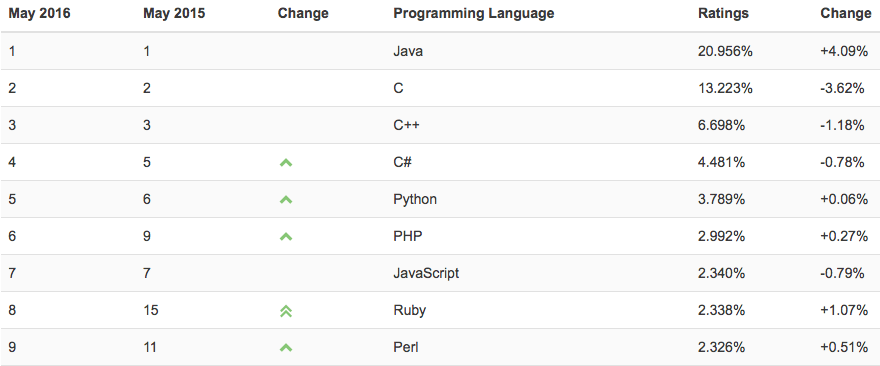A dogfight is evolving for developer cloud tools.
The dominant player recently has been GitHub, raising $400M… GitHub achieved developer mindshare by giving away free hosting to open source projects such as Rails.
A close follower of GitHub has been Atlassian, a strong enterprise tools vendor with products such as JIRA, that bought BitBucket and offered free private git hosting. Atlassian went public end of 2015.
Other startups in this space that were popular a few years ago but have lagged include Unfuddle and CodebaseHQ.
More recently GitLab attended Y-Combinator and gained funding, building on an open source UI with many of the features of GitHub.
Large public cloud (IaaS/PaaS) vendors are now increasingly encroaching on this space. Why? Because the trend towards dev-ops and infrastructure as code is bringing developers more and more into the realm of infrastructure management. Projects like Docker are driving increasing commoditization of cloud infrastructure. To create and capture value IaaS/PaaS vendors need to gain and hold developer mindshare by offering more and better tools.
Amazon AWS has added CodeCommit.
AWS’s strongest competitor, Microsoft Azure offers hosted Visual Studio with free private git hosting and kanban boards for small teams, an attractive option to developers already used to Microsoft’s ecosystem.
Similarly, IBM has Bluemix DevOps Services, f.k.a. JazzHub that includes Rational Team Concert.
Google has now added Source Repositories that sync with GitHub and BitBucket and include a browser based source editor.
Meanwhile innovation in the developer tools space has shifted from repository hosting and issue tracking to continuous integration, cloud IDEs and developer chat.
CI startups include Travis CI, Circle CI and CodeShip, which recently raised a $7M series A. Atlassian BitBucket recently added CI pipelines. AWS has added CodePipeline/CodeDeploy for CI/CD.
In the cloud IDE space the strongest player appears currently CodeEnvy (IBM?). AWS has acquired Cloud9 (interestingly Atlassian was an early investor and customer) and GitLab has announced a collaboration with Koding.
Chat has been getting lots of attention recently because of Slack. Atlassian acquired HipChat. GitLabs partnered with Mattermost. Gitter? Microsoft has Skype for Business.
Given the forces at work more consolidation seems likely. Will Atlassian and GitHub remain independent from AWS, Google or IBM?


